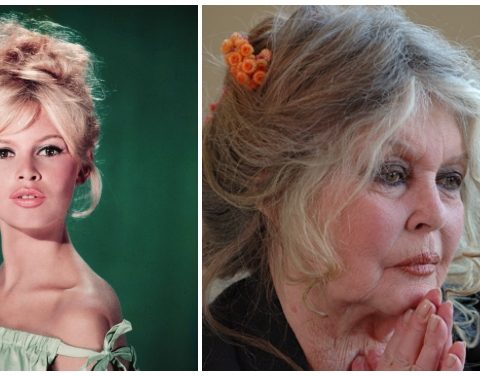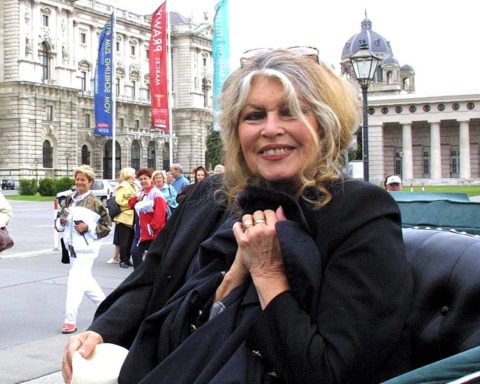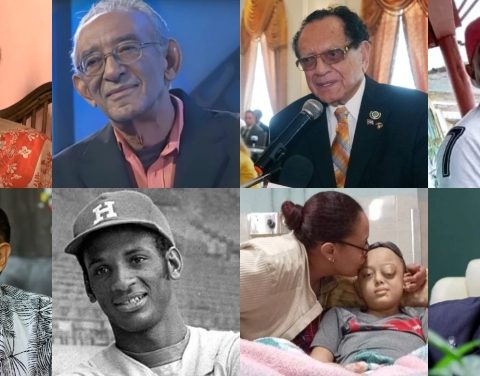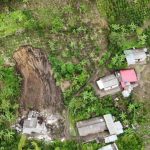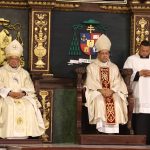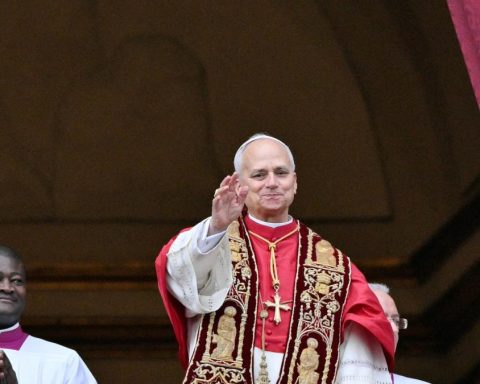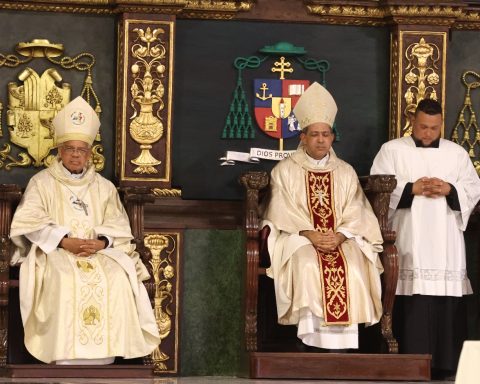SAN LUIS POTOSÍ, Mexico.- The painter Cuban Javier Guerra died this Friday, October 11 in Havana at the age of 54, as confirmed on social networks by friends and family of the artist, as well as the National Council of the Plastic Arts of Cuba (CNAP).
A family source wrote that the painter died this morning “in his Cuba that he loved so much” and regretted that Guerra’s mother received the news of the tragedy “from the other side of the sea,” which increases her pain.
“He died in his Cuba that he loved so much. We are sure of one thing and that is that he lived and enjoyed his life as he wanted. We ask that you put Yoyi (his mother) in your prayers,” said Yarly García.
When transmitting the newsthe CNAP argued that the painter intervened in works of a social nature, settings, commemorative murals, designs and sets. He was a juror at different national events and salons and left paintings that immortalize personalities from the artistic world but also figures praised by the regime, such as the guerrilla Ernesto Guevara.
Javier Guerra, born on the Isle of Youth in 1969, graduated from the Elementary School of Art of the Isla de la Juventud (1984) and from the National School of Art (1988).
In his short life but fruitful career he had more than 15 personal exhibitions in Cuba, the United States and Spain and many more collective exhibitions in Cuba, the United States, Spain, Mexico, Venezuela and other countries.
He has received dozens of awards on the island. In 2000 he won First Prize at the Erotic Art Salon held by the La Acacia gallery and had also won the Painting Prize at the Juan David Salon in Havana in 1992 and That same year he won the Prize at the IX Provincial Hall of Plastic Arts of Isla de la Juventud.

A devoted painter of characters from Cuban history, Guerra dedicated several canvases to Che, Martí and other Cuban symbols used by the official discourse in its intended legitimation.
“I never cling to a theme, I simply live the circumstances of the time in which I have lived, whether inside or outside of Cuba, and thus the most dissimilar characters and moments of the story, and then, I reflect them from the inspiration itself. That was what happened with the exhibition that I titled ‘Bearded’, and later, the series of banknotes, which in reality has nothing to do with money. I am not clear when a topic comes or goes, what I do is simply capture the lights that illuminate my spirit,” he declared in an interview with Roberto Chile for the official media. Cubadebate.


